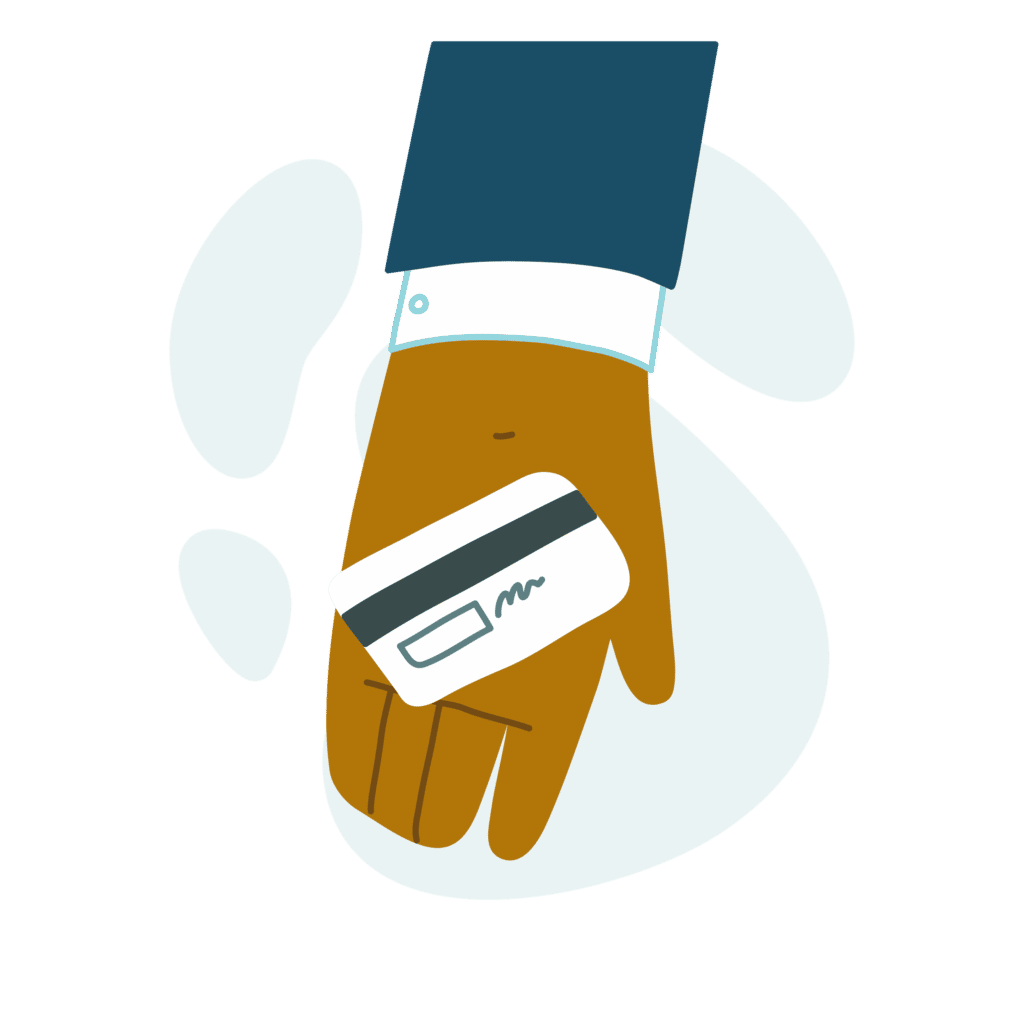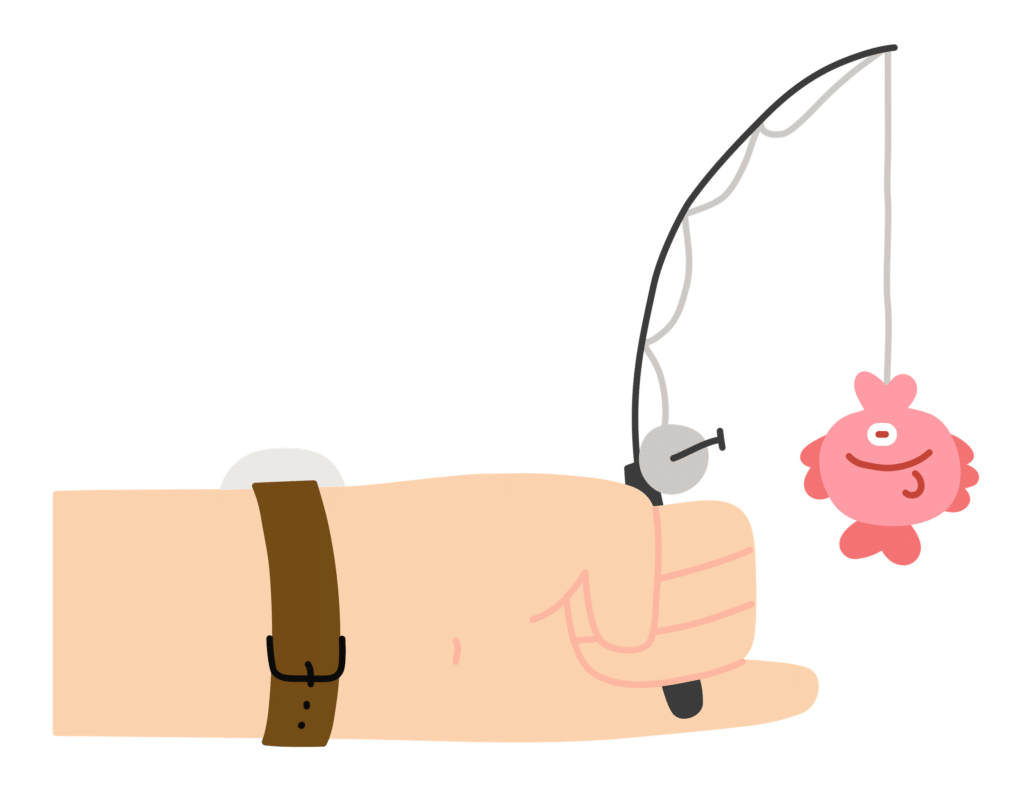Bullying, and seeking revenge in any form, is dangerous. In the digital age it’s taken a different and sinister twist: doxxing.
What is Doxing?
Doxxing (also known as doxing) is essentially revealing someone’s personal data, or other information about them without their consent. It typically refers to publicly releasing someone’s private data or personal information with the intent to harm that individual. The term is shorthand for the word “documents” but in its main understanding today refers to someone “dropping docs” on someone else—in many cases with malicious intent.

While doxxing originally started in the 90s, it’s very relevant today, as it’s used as an attack with ranging consequences.
Why do people dox others?
In many cases, doxxing is used as a form of revenge, harassment, or for public shaming in cases where someone has posted about or been recorded saying something promoting offensive beliefs or actions.
How do people get doxxed?
Doxxers will collect and compile information about individuals whether by public access information, government records, hacking, or even buying information on the dark web.
What are forms of doxxing?
There are multiple forms doxxing can take, and they can be as harmless as signing someone up for a membership they didn’t ask for to the other extreme of harassment, identity theft, and cyberbullying. Doxxing needs to be taken seriously. Here are some of the main approaches someone may take to doxxing.
Self-doxxing
This is the most harmless of all the categories, as it involves publicly revealing your real identity, in many cases for transparency. This has been a growing trend with the rise of cryptocurrency and NFTs. In the early days of cryptocurrencies, the identity of founders and developers of a currency were largely unknown.
For example: Satoshi Nakamoto is the presumed pseudonym for the unknown person who created Bitcoin.
Because cryptocurrency and NFTs have a long history of scams and ponzi-schemes, investors are starting to demand more transparency among founders in the space.
Doxxing in this way is essentially revealing your social media profiles relevant to the industry you’re working in to provide investors the ability to know who they’re putting their money behind.

IP address doxxing
Known as Internet Protocol (IP) doxxing, or Internet Service Provider (ISP) doxxing, is when someone discovers the IP addresses of the devices you’re using, which are connected to your location. Then, using your IP address, they try to trick your ISP into giving them more information about you.
By using easy-to-get spoofing apps, they can call your ISP, for example Xfinity, using a number associated with the company. They can then pretend to be another employee of the ISP to ask other employees more information about you.
While this isn’t an easy scam to achieve, if the doxxer pulls it off, they can get more personal information: someone’s name, email address, phone number, date of birth, physical address, and even social security number.
Prevent IP address doxxing with a VPN
Keep in mind that when you’re connected to the internet, your IP address is recorded. While this in and of itself isn’t the key to your information, it does give a hacker your general location as mentioned above. A great way to prevent your IP address from being accessed is running a Virtual Private Network (VPN).
Social media doxxing
Doxxing through social media is when someone scours your social media accounts to compile information about you, including location, work information, friends, family members, even what you do in your free time.
If your social media divulges a lot about you, doxxers can use this information and social engineering to even open accounts in your name, and even get an upperhand in guessing security questions to reset passwords on your online accounts.
Stop social media doxxing by going private
If you or your kids are on social media with a public profile, anyone can start compiling information. The best way to avoid social media doxxing is to make accounts private, and not use the same profile name across channels. Keeping private information private is key to limit risk of doxxing.
Phishing and sniffing
Typically phishing and sniffing tactics are used for identity theft, but information gathered by these methods can also be used to dox someone.
Phishing is when someone uses fake communications to trick victims into divulging personal information. This could be in the form of a fake communication from your bank, so you unintentionally disclose sensitive account information, or fraudulent shipping notifications requiring you to pay for a re-ship fee, resulting in disclosing credit card numbers.

Sniffing is done by using special software to scan internet traffic from a sender to a receiver. Traffic transmitted through the internet is compiled into bundles called packets. The software can read these packets, and a potential doxxer could use it to see your internet traffic and find ways to exploit it.
Stop phishing and sniffing with antivirus and VPNs
There are plenty of antivirus software options that protect against phishing, and a VPN is a good start to keeping sniffing software from deciphering your internet traffic.
Protect your kids and teens from doxxing
A lot of the information in this article is meant for anyone on the internet to help protect themselves from doxxing, but when it comes to kids and teens, it’s important to talk with them about the very real dangers of putting their information out into the world.
For kids and teens, it’s a great idea to look into kid-safe phones and devices that limit what access they have. Gabb was created to protect kids, and our devices have no access to the internet, or social media—removing the two most common ways people are doxxed.
Find more information about Gabb’s kid-safe devices.









Success!
Your comment has been submitted for review! We will notify you when it has been approved and posted!
Thank you!